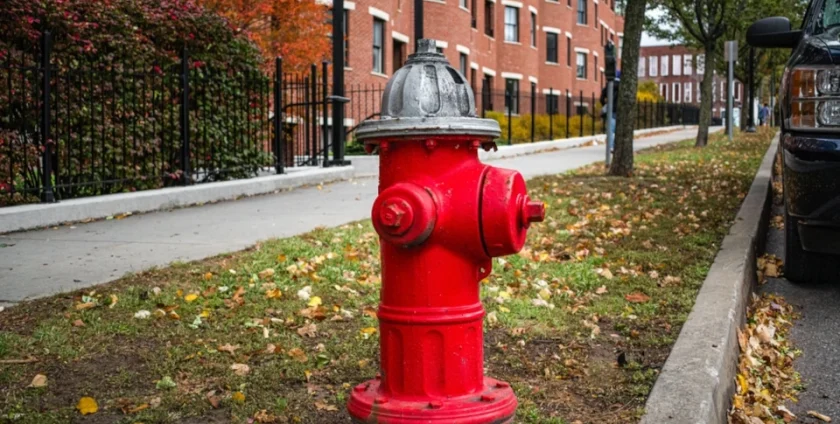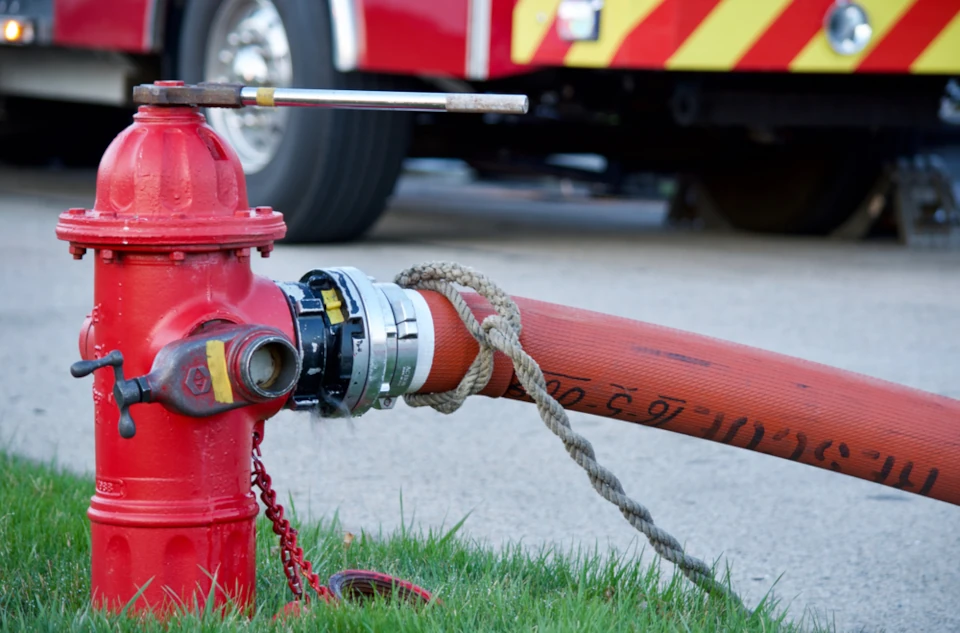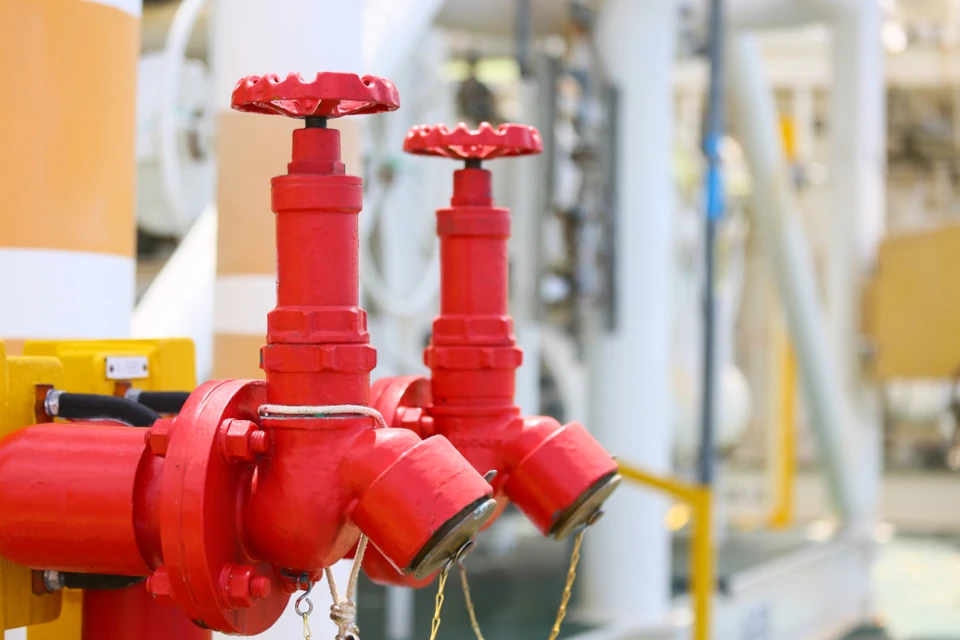
A fire hydrant system is a crucial component of fire protection, designed to provide a consistent and high-pressure water supply for firefighting purposes. It consists of a network of pipes, valves, and hydrants strategically placed throughout buildings, industrial sites, and urban areas. The system ensures rapid response to fires, helping to minimize damage and save lives.
How Does a Fire Hydrant Work?
A fire hydrant works by accessing a pressurized water source, such as a municipal water supply or an underground storage tank. When firefighters connect hoses to the hydrant and open the valve, water is delivered at high pressure to extinguish fires. The system relies on firefighting pumps to maintain adequate pressure, ensuring efficient water flow to affected areas.
Fire Hydrant System Components
A fire hydrant system comprises several key components:
- Water Supply & Storage: Water is sourced from municipal mains, storage tanks, or reservoirs.
- Pipework & Valves: A network of pipes distributes water to hydrants, controlled by valves.
- Fire Brigade Booster: Allows firefighters to enhance water pressure when needed.
- Hydrant Valves: Points where hoses are connected for water discharge.
- Firefighting Pumps: Maintain pressure and ensure a steady water supply.
- Hose Reel System: Provides an accessible firefighting tool for smaller fires.
- Fire Brigade Connection: Enables firefighters to connect external water sources to the system.
Fire Hydrant System Working Principle
The fire hydrant system operates on a simple principle:

- The system is kept under pressure at all times.
- When a hydrant valve is opened, water flows through the pipes.
- Fire pumps activate automatically to maintain pressure.
- Firefighters connect hoses to the hydrant to direct water toward the fire.
Types of Fire Hydrant Systems
Fire hydrant systems come in different types based on their design and function:
- Wet Riser System: Always filled with water, providing instant access during emergencies.
- Dry Riser System: Contains empty pipes that are filled with water when needed.
- Underground Fire Hydrants: Installed below ground level, commonly found in urban areas.
- Above-Ground Fire Hydrants: Visible and accessible, used in industrial and commercial areas.
Fire Hydrant System Installation & Design
Installing a fire hydrant system requires careful planning and compliance with safety regulations. Key considerations include:

- Determining water supply requirements.
- Strategically placing hydrants for optimal coverage.
- Ensuring sufficient water pressure and flow rate.
- Integrating firefighting pumps and backup systems.
- Compliance with local fire safety codes and international standards.
Fire Hydrant System Pressure
Water pressure is critical for an effective fire hydrant system. The required pressure typically ranges between 65 psi to 150 psi, depending on the building height and firefighting needs. Fire pumps ensure pressure remains consistent, even during high-demand situations.
Fire Hydrant System Maintenance
Regular maintenance is essential to keep the system in optimal condition. This includes:
- Inspecting hydrants for leaks and blockages.
- Testing pressure and water flow regularly.
- Checking pump operation and electrical connections.
- Ensuring valves and hoses are in working order.
Fire Hydrant System Advantages
- Immediate Water Supply: Ensures quick response to fire outbreaks.
- High-Pressure Delivery: Effective for large-scale firefighting.
- Reliable & Durable: Withstands extreme conditions.
- Integration with Other Fire Protection Systems: Works alongside sprinkler systems and hose reels.
Fire Hydrant System Cost
The cost of a fire hydrant system varies based on factors such as:
- System type and complexity.
- Installation and maintenance expenses.
- Water storage and pump requirements.
- Compliance with local fire codes.
Fire Hydrant System vs. Sprinkler System
| Feature | Fire Hydrant System | Sprinkler System |
|---|---|---|
| Function | Provides water for manual firefighting | Automatic fire suppression |
| Water Flow | High pressure for fire hoses | Pre-determined spray coverage |
| Installation | Requires extensive pipework and hydrants | Integrated within buildings |
| Activation | Manually operated | Automatically triggered by heat sensors |
Conclusion
A fire hydrant system is an indispensable part of fire safety, offering a reliable and high-pressure water supply for firefighting operations. Proper design, installation, and maintenance ensure its effectiveness, making it a critical component of industrial and residential fire protection strategies.
- By:Z3 Corporation
- 0 comment

Leave a Reply